Aurora of the Seas
By Silvana ‘Nana’ Ivandic-Määttä for totheoceans.com Goes Balkan- program
nana@totheoceans.com
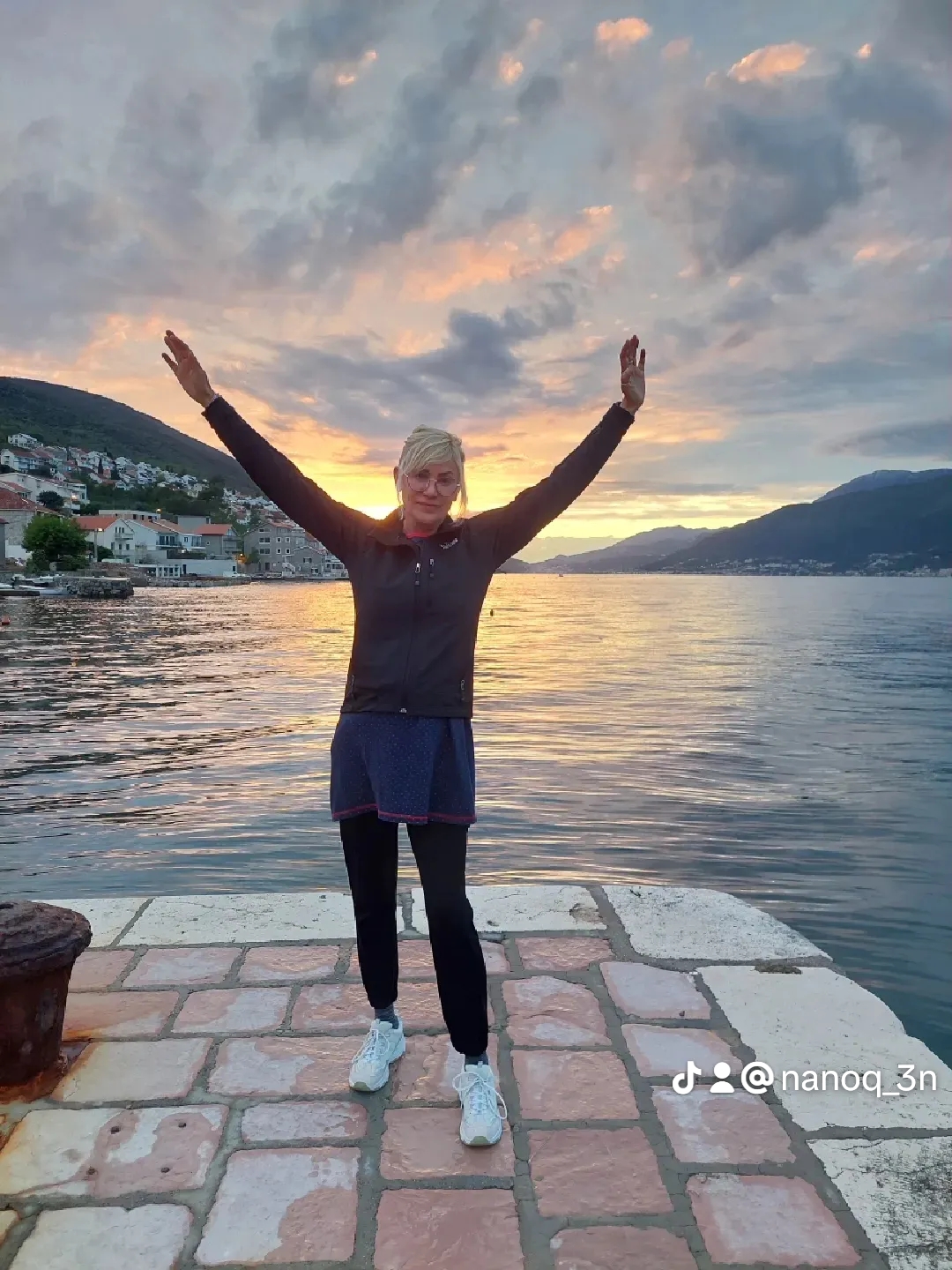
It was like touching the night sky and swimming among millions of stars.
So close to reach — and yet so far away. Leaving a neon trace of light on my skin in the water for a second and then vanishing. What was this beautiful visual experience in the shoreline’s sea?
I felt as though I were in a planetarium and wanted to dive deeper, over and over again. I felt like a mermaid in my own glittering pool of paradise.
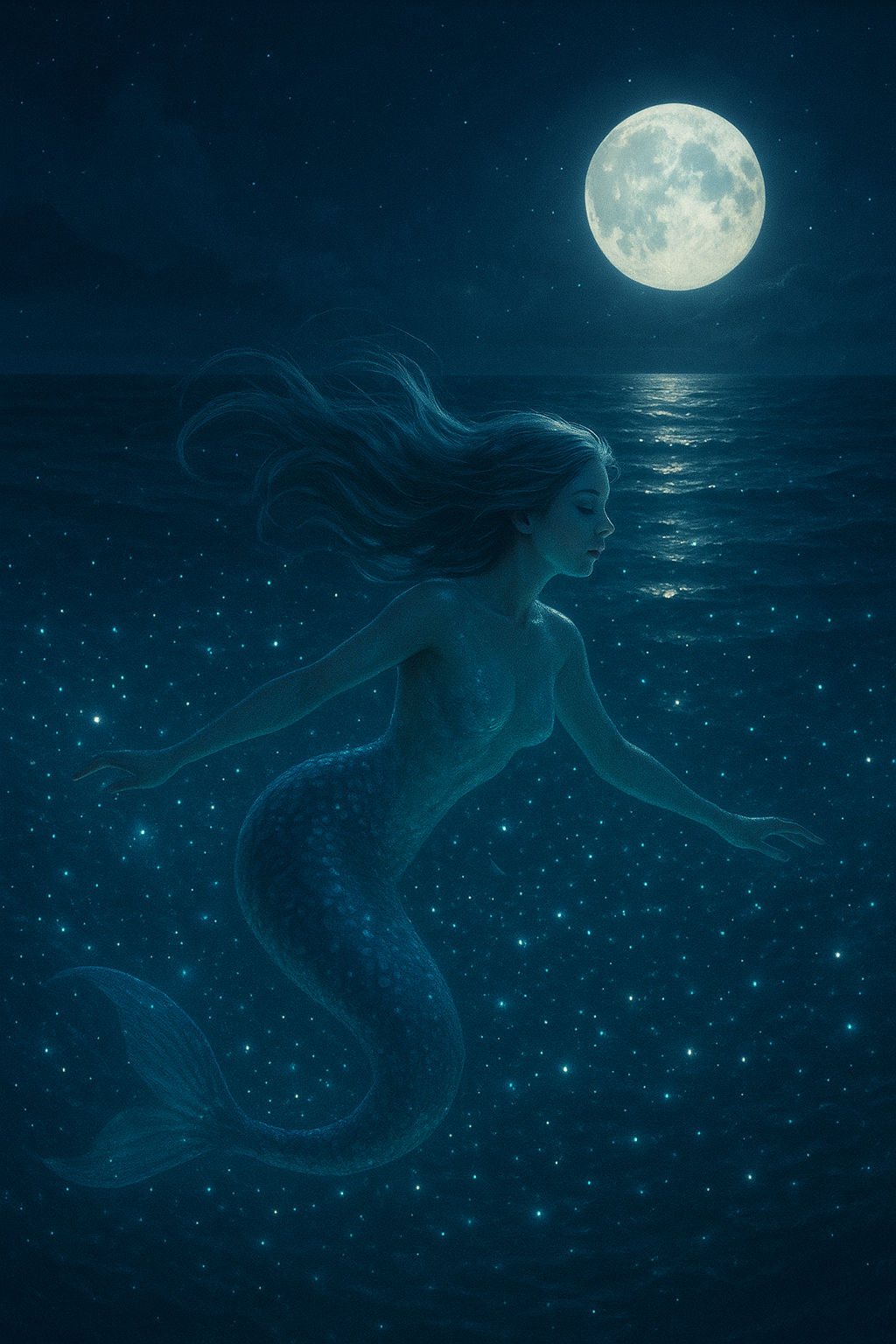
It was fundamentally calming, immensely beautiful, and peacefully inspirational.
Imagine walking along the beach, leaving a sparkling trail behind you with each step — as if by magic. It felt like walking on a path of stars. It wasn’t something I had imagined or even dreamt of.
It was sea plankton.
I wanted to learn more about this phenomenon that still brings back such beautiful memories.
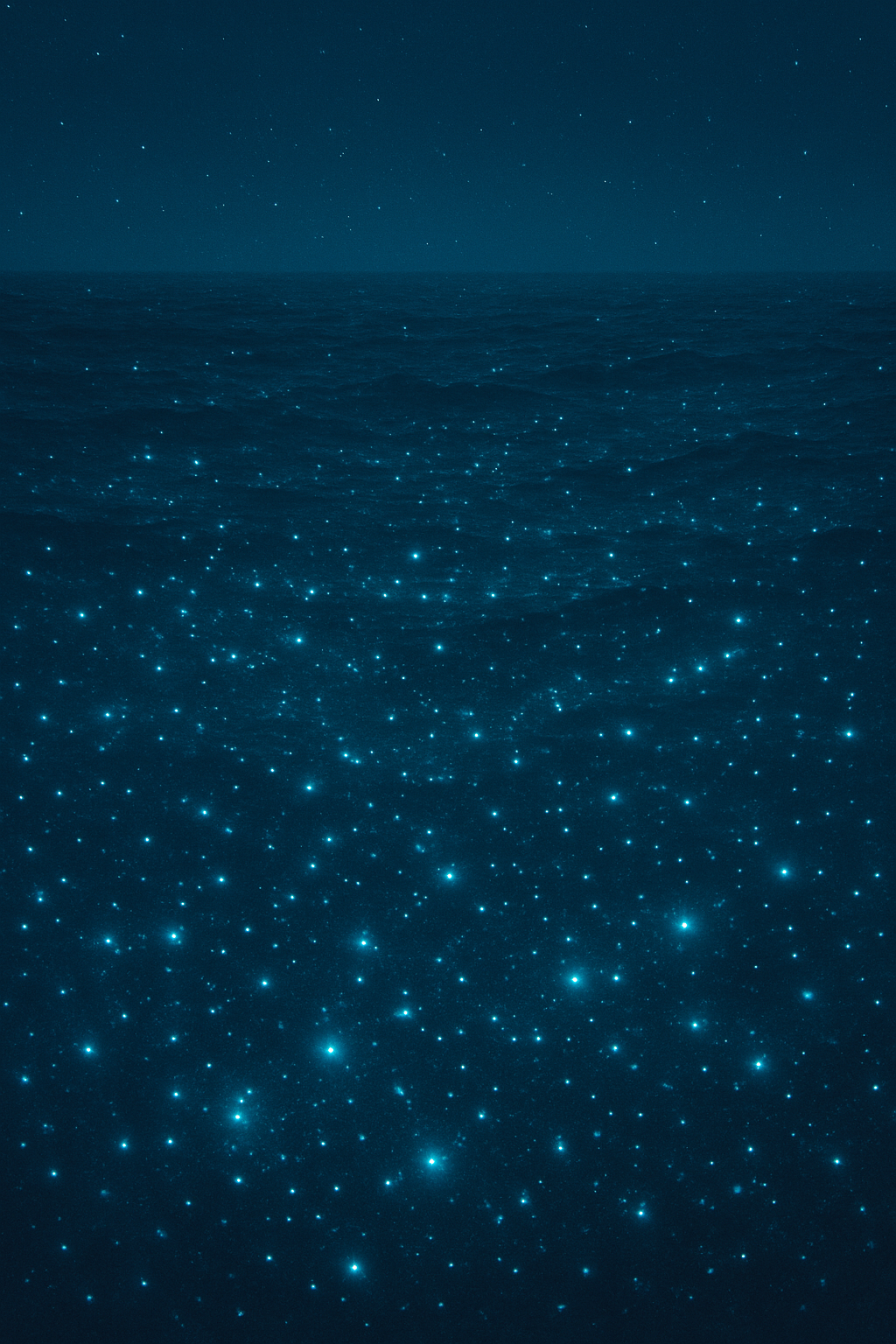
This vision in the sea touched my soul so deeply that I decided to do some open-source research to better understand what I had experienced. By then, 30 years had passed, and I began to study.
This shimmering spectacle is created by microorganisms called dinoflagellates, which, when disturbed by a wave, boat motion, or even by feet while swimming, begin to emit light.
Some of these microorganisms produce flashes of light that last only about 100 milliseconds. This bluish glow looks like twinkling stars on the surface of the sea, and it is a natural phenomenon called bioluminescence.
When they gather in such large numbers, the result is a fairy-tale-like beach and sea that shimmer in beautiful shades of blue. And the blue color, for me—with all its shades—is deeply inspiring.
It represents life, freedom, peace, and calmness.
Bioluminescence most often occurs in the late evening hours. It all depends on many factors such as combination of sea temperature, the presence of plankton and weather conditions.
The phenomenon is caused by blooms of plankton and phytoplankton species, some of which use the “luminescence” adaptation to evade or distract predators.
Plankton are made up of billions of marine creatures and plants that float in the currents of the oceans and seas. This category covers a vast number of species, many of which are microscopic.
Plankton are at the base of the food chain, meaning they are critical in supporting marine and freshwater ecosystems.
Phytoplankton use photosynthesis to convert carbon dioxide into oxygen and are responsible for up to half of the oxygen we breathe.
Phytoplankton are eaten by small zooplankton, which in turn are eaten by fish.
Large animals can also eat plankton directly. For example, blue whales can eat up to 4.5 tons of krill—a large zooplankton—every day. Without plankton, entire food chains around the world would likely collapse.
Plankton are fundamental to life on Earth because they form the bottom rung of the food chain.
Sadly, there is less and less of this phenomenon due to sea pollution.
Being closest to my heart, the areas of the Mediterranean and Adriatic Seas have unfortunately become some of the most polluted in recent years. This is because they are semi-enclosed basins with low sea currents and surrounded by many countries with differing levels of civilizational, behavioral, and environmental awareness.
A huge amount of waste, especially plastic, is turning into microplastics, penetrating the food chain of plankton and other marine species—and eventually ending up with us humans.
I read an article stating that, due to human pollution, we end up consuming plastic in amounts equivalent to 5 grams (the size of a credit card) per week through our food (WWF, Dalberg).
To bring about positive change, it is necessary to educate the public about proper waste management. The pollution situation worsens with the first autumn rains, when torrents and streams rise and carry waste dumped in dry riverbeds into the sea.
I can only hope that pollution awareness rises to a higher level.
Future generations should be able to experience the beauty of neon sea lights and create long-lasting memories, just as I have.
Nana
https://edition.cnn.com/2019/06/11/health/microplastics-ingestion-wwf-study-scn-intl
See also:
Bioluminescence explained:
https://www.environment.sa.gov.au/goodliving/posts/2018/04/sea-sparkle
https://en.wikipedia.org/wiki/Bioluminescence
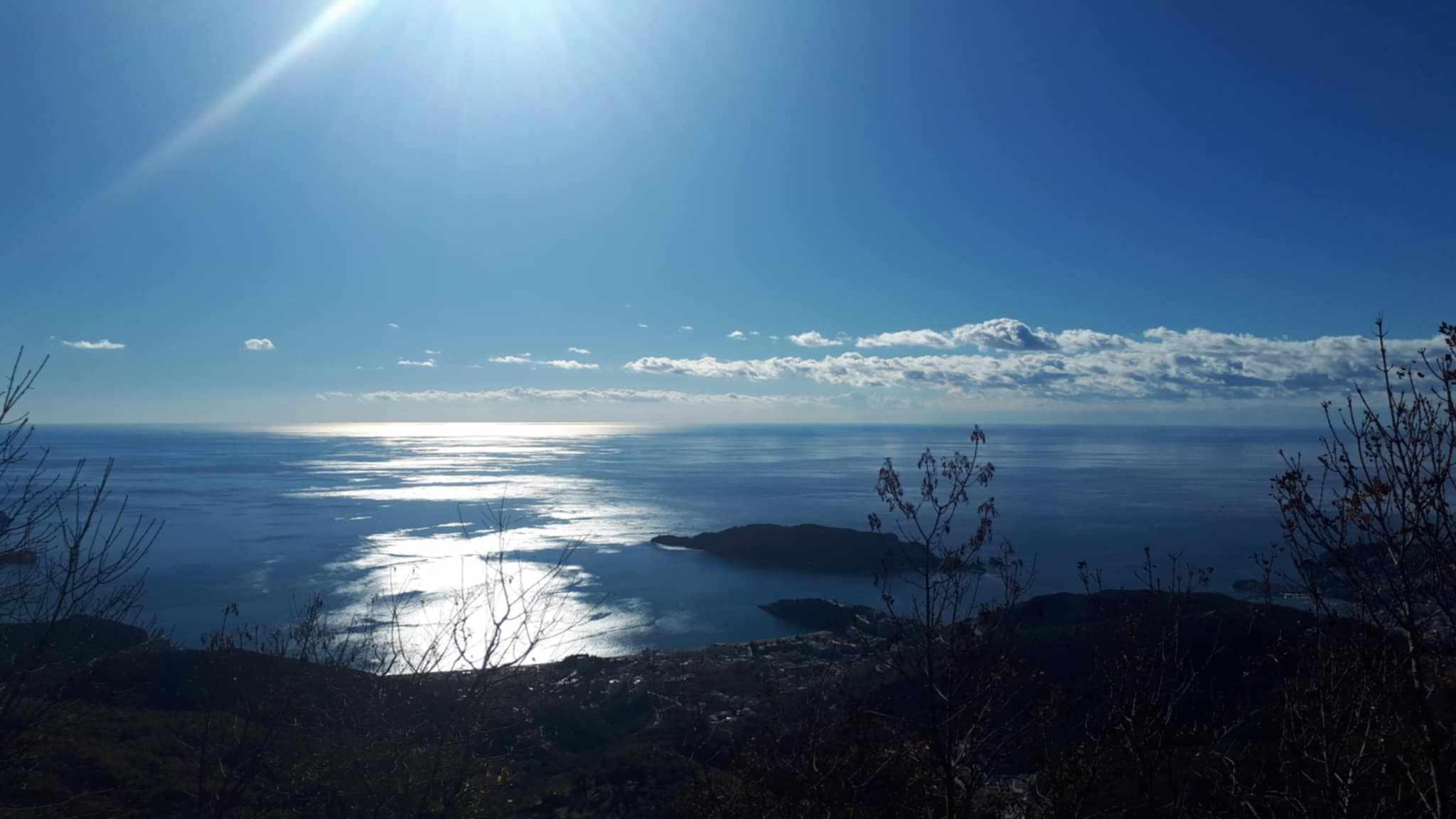
💬 We’d love to hear from you!
Share your thoughts on our ToTheOceans.com blog posts —
your feedback helps our community grow!
(Please note: As this is a family-friendly space, all comments are reviewed before publication.)
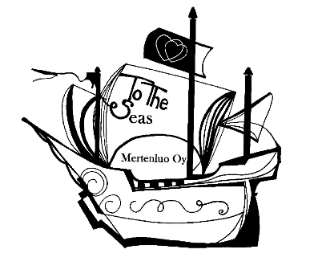
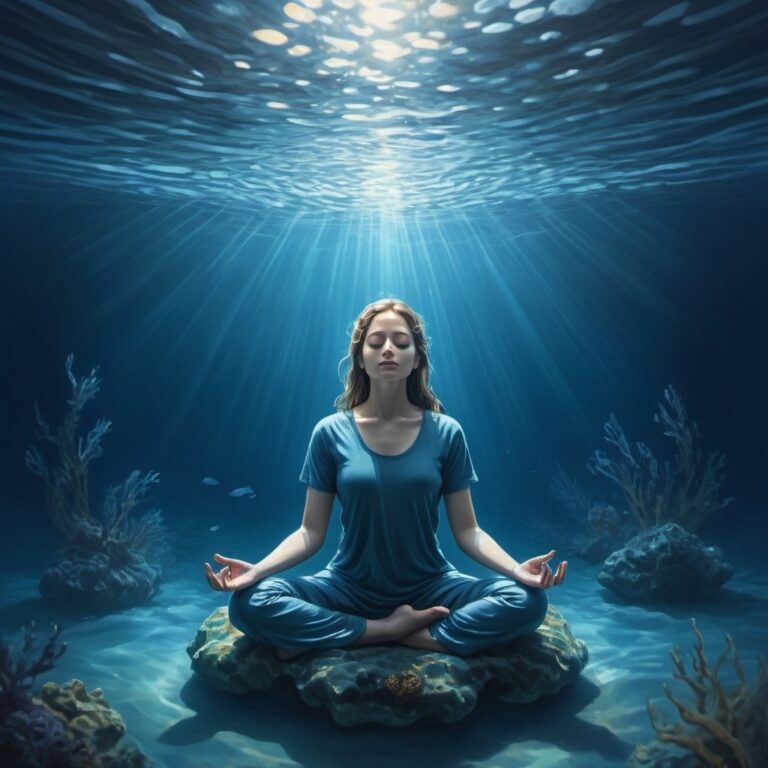
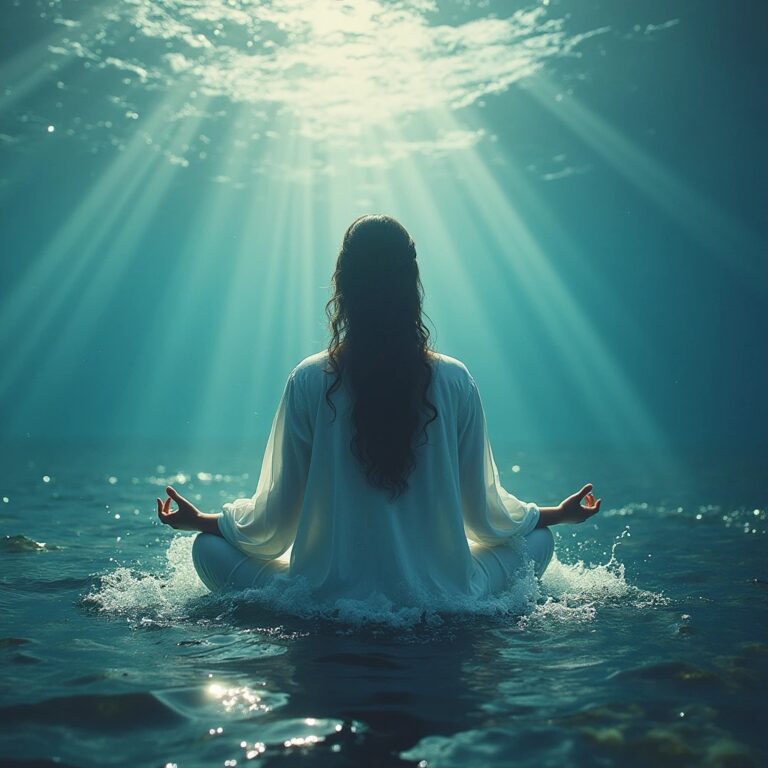
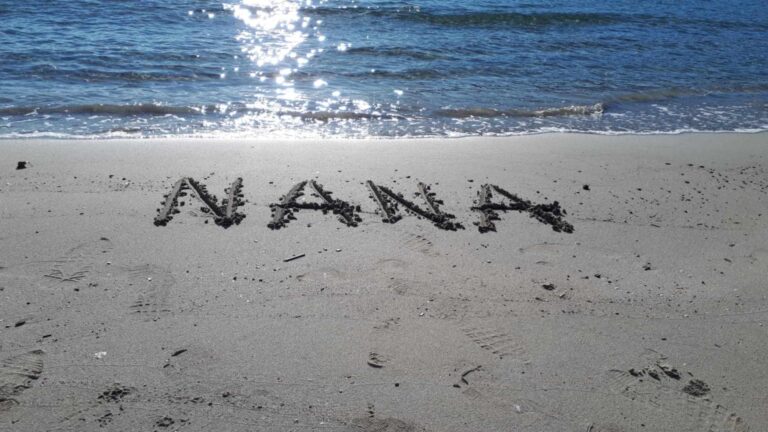
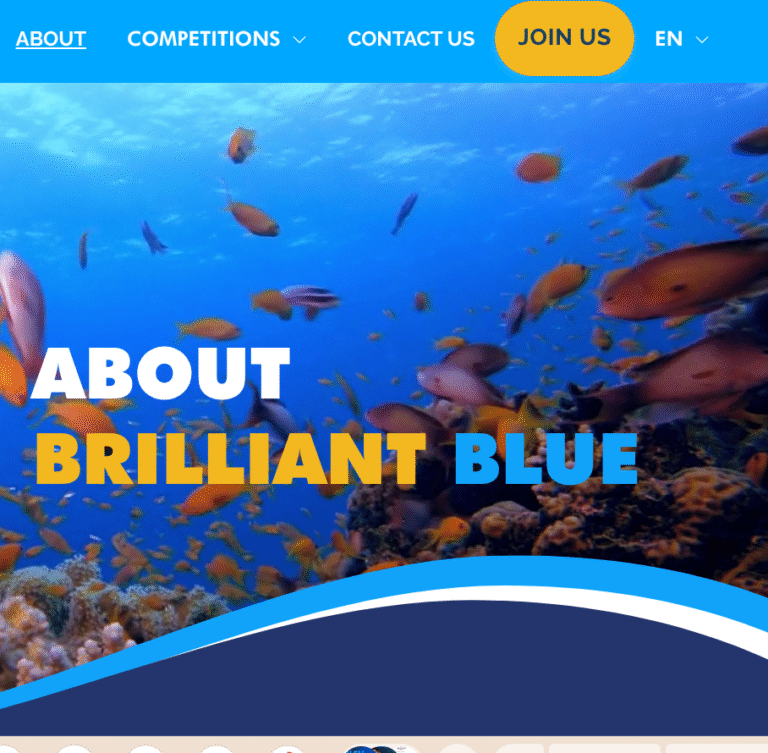
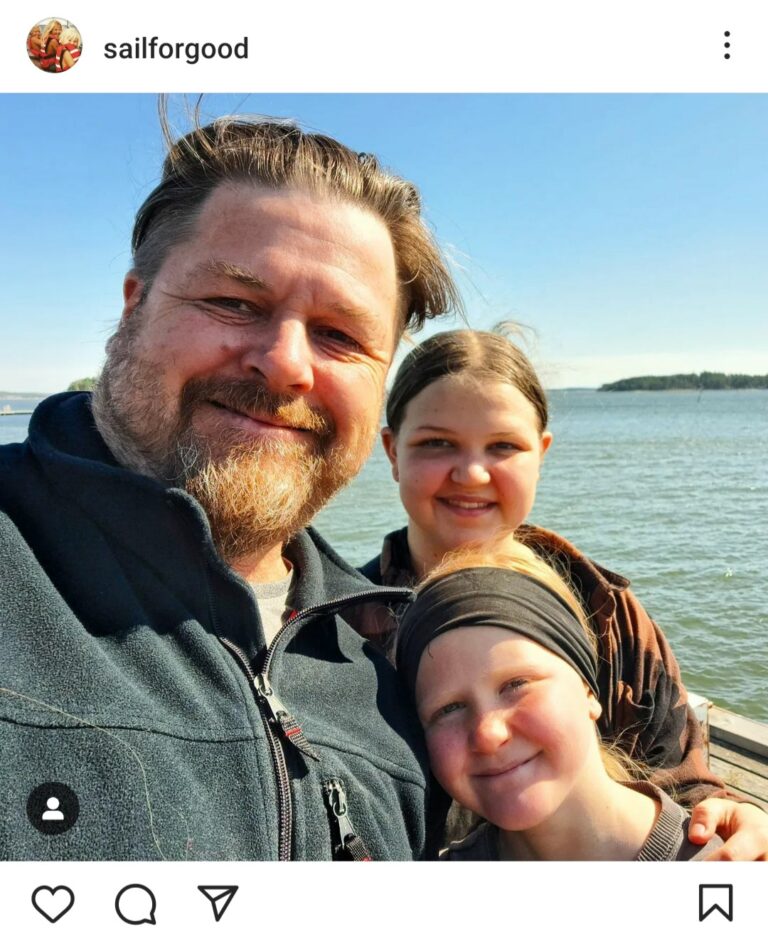
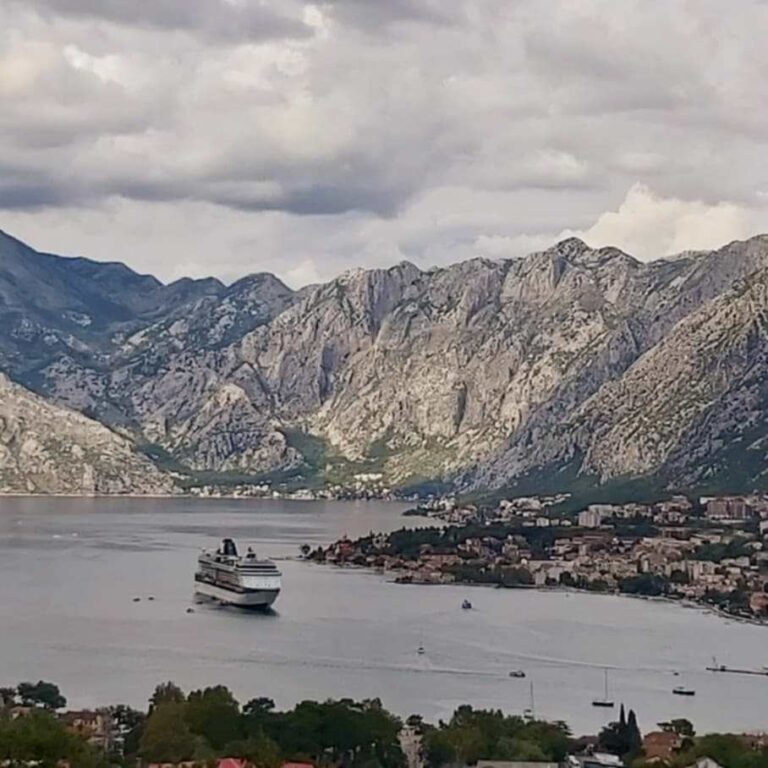
Another excellent article by Nana, and of course she is correct, people need educating with respect to waste. I have never seen a plastic bottle grow legs and walk into the sea by itself.
Thank you for your reply and for following!
The fantasy-like images at the beginning beguile, the information about the causes of this phenomenon are fascinating, but the consequences of our human behaviour is, despite previous awareness, shocking!
Thank you for your reply and for following!
Thank you for following!